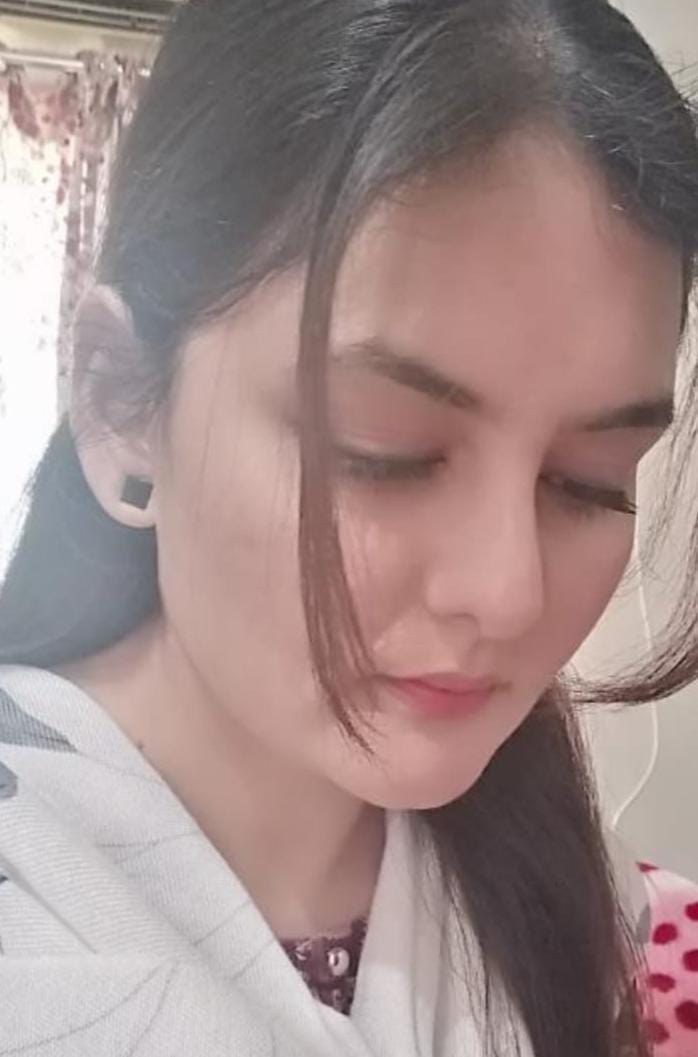By Shabnam Batool
Yah! The magnificent beauty of the Ajanta cave painting attracts art lovers and researchers to explore them. You may have heard about the beauty of Ajanta paintings; in this article I have tried to share some of features of these mural work.
In the 19th century, during the rule of the British in India, Mr. John Smith was on his hunting expedition in a village when he accidentally fell into an abandoned cave. He saw the magnificent mural work demonstrating the life of Buddha around him.
Location:
Ajanta is the name of a village in Maharashtra State of India. Therefore, this discovery was named Ajanta Caves. According to researchers, Buddhist devotees tried to keep the records of Buddha’s life in the shape of mural work in these caves. Probably the natural beauty of this area attracted Buddhists.
Subject of paintings:
These caves depict the different aspects of the life of Buddha. However, we cannot stop ourselves from admiring the beauty of feminine figures sketched by the artist as the aesthetic of these paintings depicts the beauty of archaic women. The classical postures and beautiful ornaments of these figures reflect fashion of that time. Their captivating beauty is regarded as exceptional in devlok19. The Apsaras and Queens of Ajanta are frequently depicted with curved body shape and broad hips with lovely grace and divine motions, demonstrating the importance of women in Ajanta. Moreover, the use of vibrant colors distinguished this art from other works of that times.
Technique:
They used the Fresco technique in these caves. Fresco is an ancient technique to do painting on walls. These Artists used a material, a mixture of plaster and special dust to prepare the wall of the caves to do sketching.
Conclusion:
The subject of the Ajanta Caves primarily revolves around Buddhist themes, including scenes from the life of Buddha, Jataka tales, and Buddhist mythology. The caves feature intricate murals and sculptures that depict various aspects of Buddhist teachings and stories. While there are depictions of female figures in the artwork, there is no specific identification or portrayal of a single woman as the “most beautiful” within the cave complex. The beauty of the Ajanta Caves lies in the overall artistic finesse, detailing, and vibrant colors exhibited throughout the cave complex, rather than focusing on any particular individual. The Ajanta Caves’ primary subject matter is Buddhism, which includes scenes from Buddha’s life, Jataka stories, and Buddhist mythology. The caverns have elaborate sculptures and murals that represent various facets of Buddhist teachings and legends. Although there are images of women in the artwork, no one woman is specifically identified or portrayed as the “most beautiful” within the network of caves. Instead of focusing on a single artist, the Ajanta Caves’ beauty is found in the overall artistic skill, attention to detail, and vivid colours displayed across the cave system.
FAQs:
Which is the oldest Ajanta Cave painting?
Cave X is an excellent chaitya hall and one of the earliest 2nd century BC excavations.
What is the name of Ajanta cave painting?
The Ajanta Cave paintings do not have specific individual names for each painting. Instead, they are collectively referred to as the Ajanta Cave paintings or the Ajanta murals.


